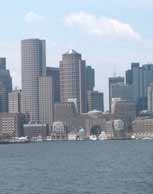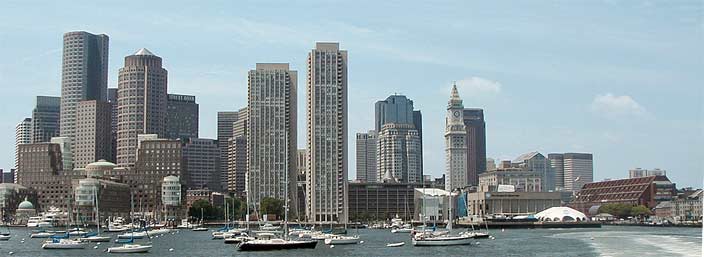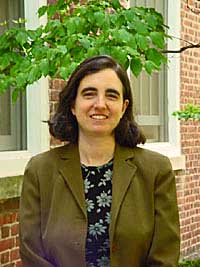Jane Jacobs’ The Death and Life of Great American Cities
has been a favorite of mine for twenty-five years or more.
Jacobs challenges the doom sayers who wail about what
terrible places cities are. She challenges the orthodox view
of city planners of the middle 20th centuries, whose theories
of “Urban Renewal” did so much damage to vast swaths of
the fabric of the city. Her thesis is that planners had never
understood how cities actually work, and as you’ll see
simply by perusing the table of contents, she wants to tell
us how things as simple as sidewalks function far beyond
places of passage from point x to point y. She will also help
us to understand the nature of urban neighborhoods, where
the residential space is as important as the commercial space
is. After a long and productive life, Ms. Jacobs died in April, 2006. Read her obituary in the Washington Post by clicking on her picture, above.


